The 2018 Dutch Pavilion is envisioned as a collaborative research endeavor by a national and international network. This network, which brings together the expertise of architects, designers, knowledge institutions and the private sector, will test and disseminate outcomes before, during, and beyond the exhibition timeframe and venue of the Venice Architecture Biennale in 2018.
WORK, BODY, LEISURE
With the title WORK, BODY, LEISURE, the 2018 Dutch Pavilion addresses the spatial configurations, living conditions, and notions of the human body engendered by disruptive changes in labor ethos and conditions. The project seeks to foster new forms of creativity and responsibility within the architectural field in response to emerging technologies of automation.
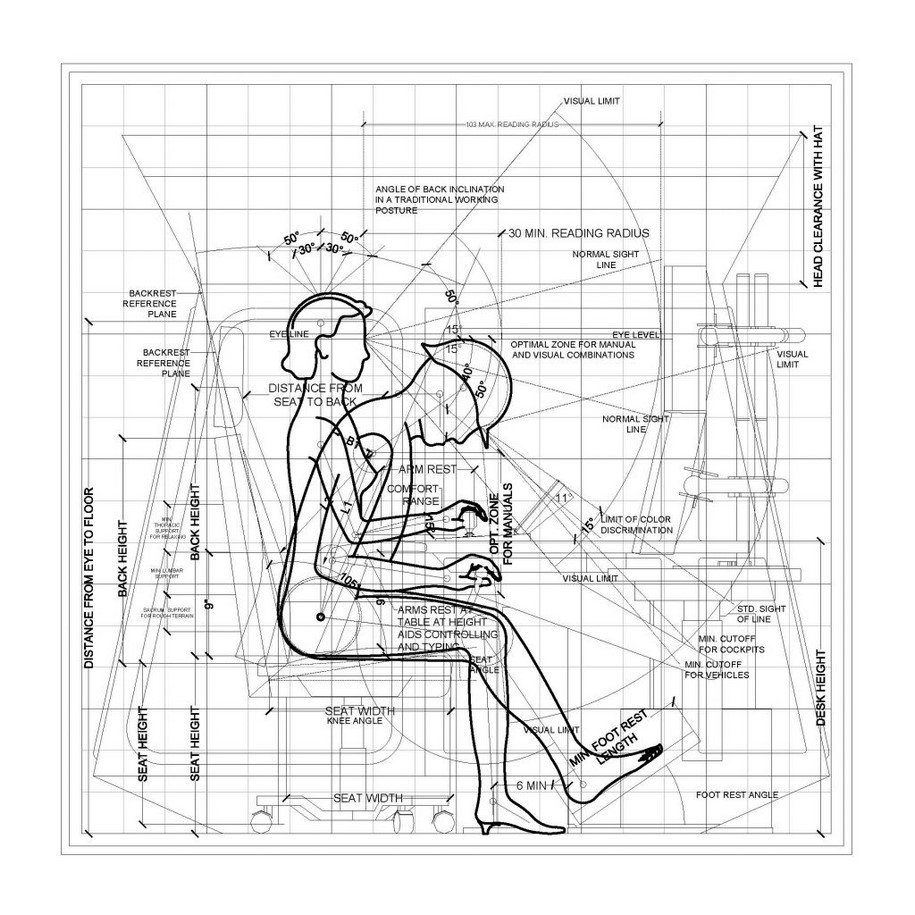
Analyzed in the research project Automated Landscapes, the logistical infrastructure of the new, fully- automated APM container terminal in the port of Rotterdam’s Maasvlakte II—where self-driving vehicles, automated cranes, and diverse interfaces maximize the handling of containers with unprecedented performance and productivity—coexist with the architectures of port workers strikes and low-income neighborhood redevelopment projects. It is in these spaces where the architecture of Johan Huizinga’s homo ludens is being reenacted and reimagined.
From New Babylon to Rotterdam Harbour
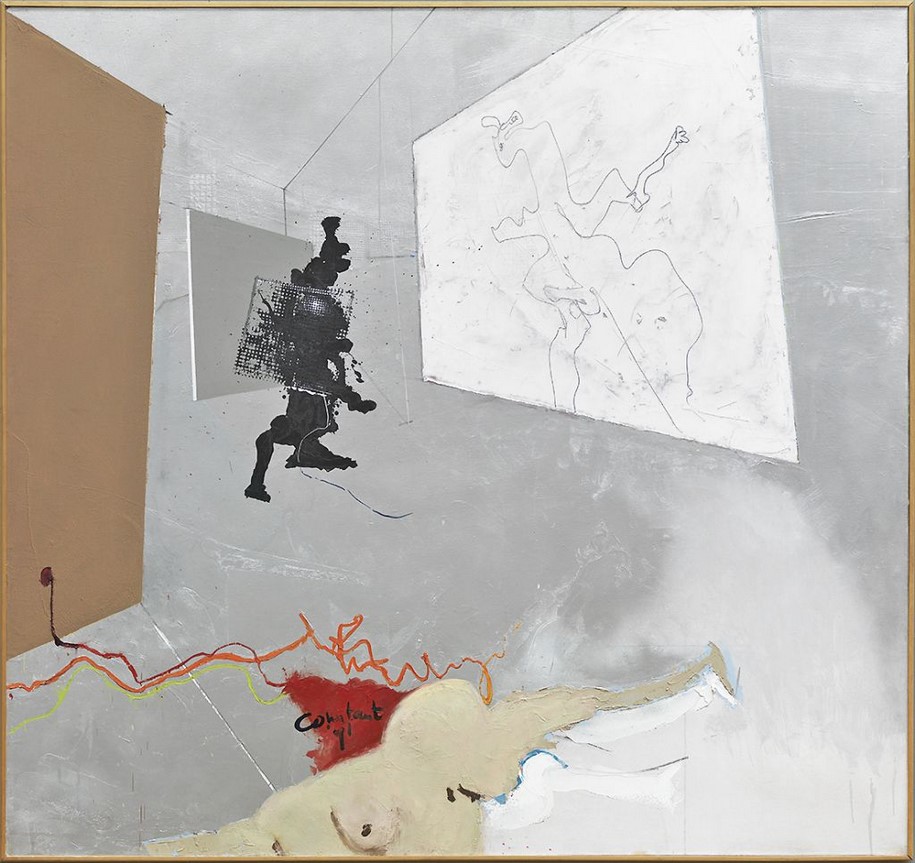
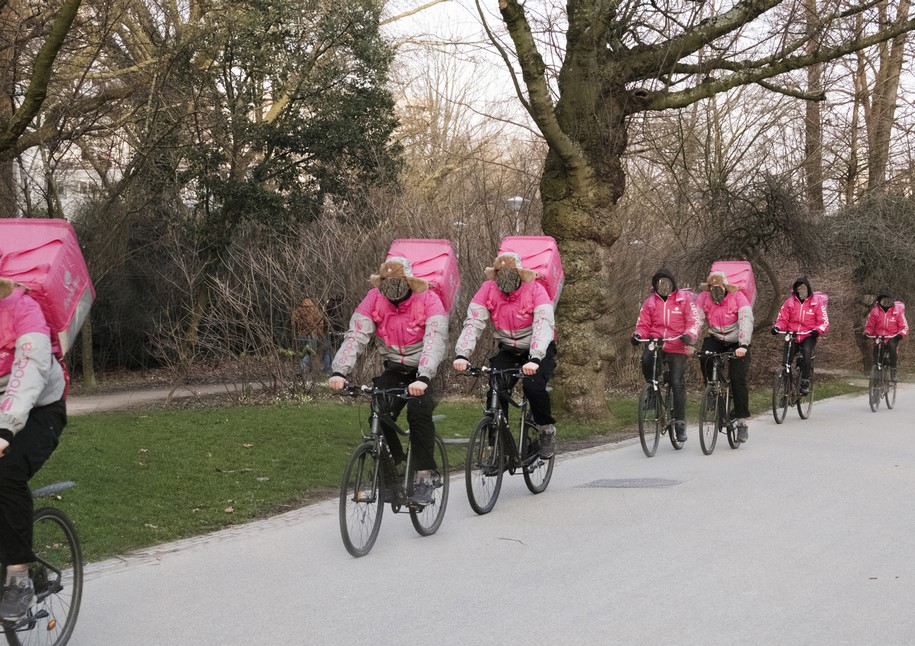
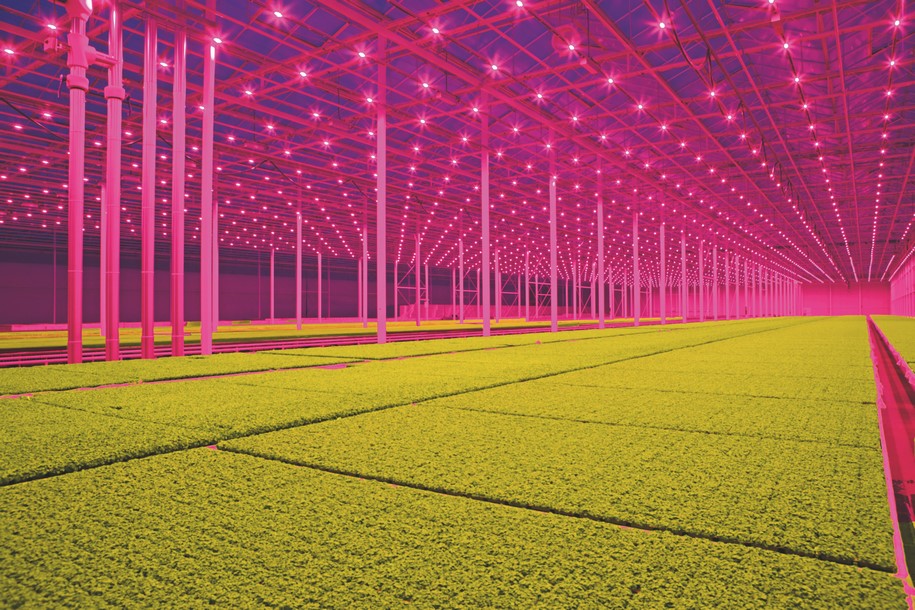
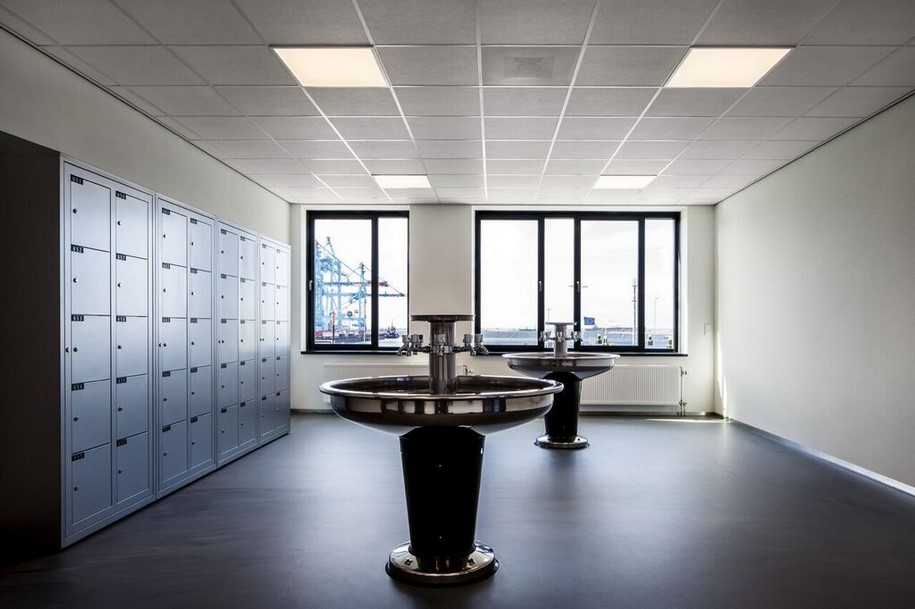
In shaping architecture, Niquille suggests, our virtual models are ultimately defining what a human body is, while the unknown other, the non-standard body, that non-accounted for in the database— often marginalized in terms of class, gender, race, or disability—is rendered non-existent.
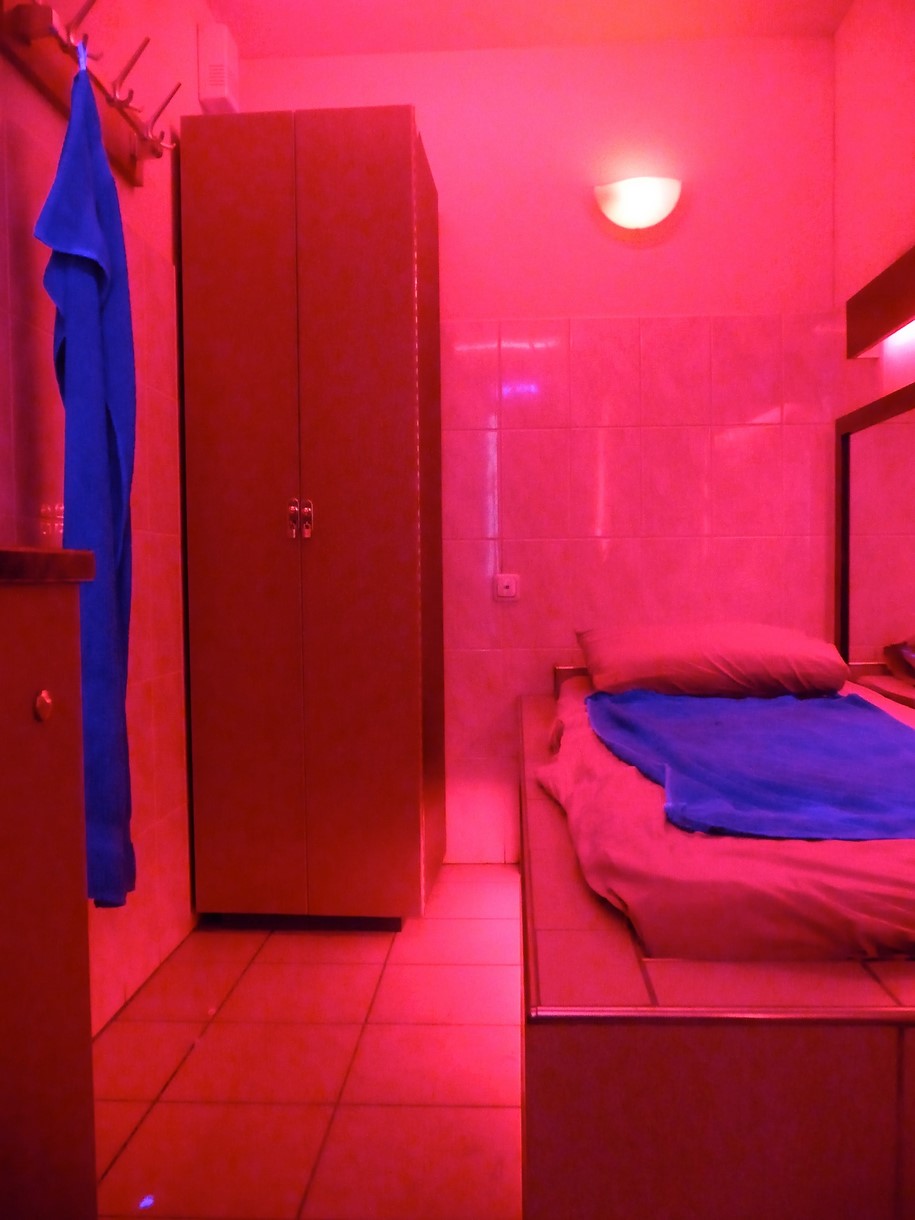
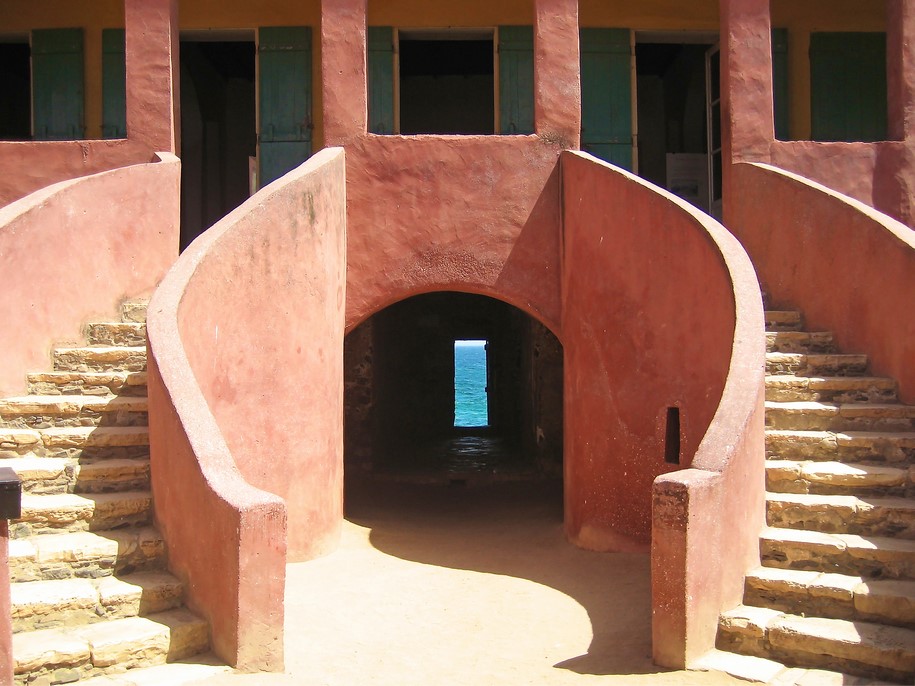
Collaborative research
The project builds upon Automated Landscapes, a long-term collaborative research initiative on the implications of automation for the built environment, launched by Het Nieuwe Instituut in 2017. Marina Otero Verzier has invited a group of architects, designers, historians and theorists, whose work is a reference for a critical understanding of emerging technologies of automation, and their spatial implications.
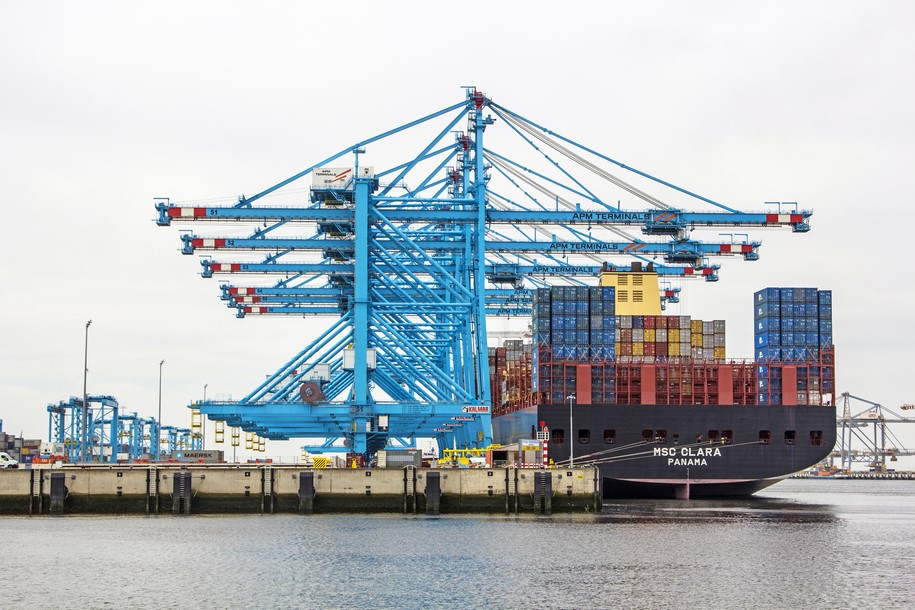
Architectural historian and theorist Beatriz Colomina will reexamine the bed as a unique horizontal architecture in the age of social media, and will look at its use as a workspace that transforms labor. Architects and researchers Marten Kuijpers and Victor Muñoz Sanz will explore the architecture of full automation in the city of Rotterdam and across agricultural clusters in the Netherlands, jointly with Het Nieuwe Instituut and TU Delft. Designer and researcher Simone C. Niquille will unravel the parameters embedded in design software shaping contemporary work spaces and bodies optimised for efficiency, ergonomics and human/machine interactions. And architecture historian and theorist Mark Wigley, will revisit New Babylon by Constant Nieuwenhuys, and discuss its proposal for an alternate architecture and an alternate society in which human labor is rendered superfluous.
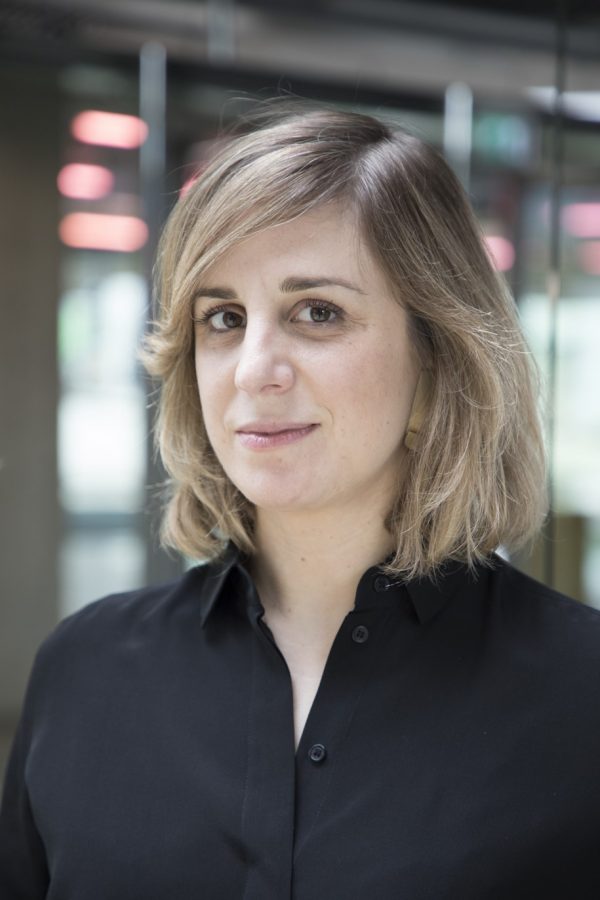
Pavilion of the Netherlands at the 16th International Architecture Exhibition – La Biennale di Venezia
26 May – 25 November 2018, Giardini, Venice
Title of the Exhibition WORK, BODY, LEISURE
Curatorial Team Marina Otero Verzier – architect, director of Research at Het Nieuwe Instituut
Assistant Curator Katía Truijen
Curatorial Assistants Flora Bello Milanez, Malou den Dekker
Contributors
Amal Alhaag – curator, cultural programmer and researcher
Beatriz Colomina – architectural historian and theorist
Marten Kuijpers and Victor Muñoz Sanz – architects and researchers
Mark Wigley – architectural historian and theorist Extended Program in Partnership with Creative Industries Fund NL
Jane Chew and Matthew Stewart – architects and researchers
Northscapes Collective (Taneha K. Bacchin, Hamed Khosravi, and Filippo laFleur) – architects, urbanists and researchers
Noam Toran – designer and researcher
Florentijn Boddendijk and Remco de Jong – composers and musicians;
Giuditta Vendrame – designer and researcher
Paolo Patelli – architect and researcher
Giulio Squilacciotti – artist and filmmaker
Liam Young – architect and film director
READ ALSO: EUROPE 40 UNDER 40

